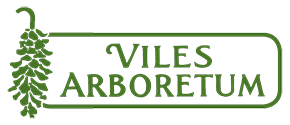During the summer of 2021 we fielded hundreds of questions regarding what we were doing to manage the dreaded brown-tail moth at the Arboretum. As we experienced defoliation of many of our oak specimens, and suffered terrible rashes after outdoor maintenance projects, we were asking ourselves the very same thing.
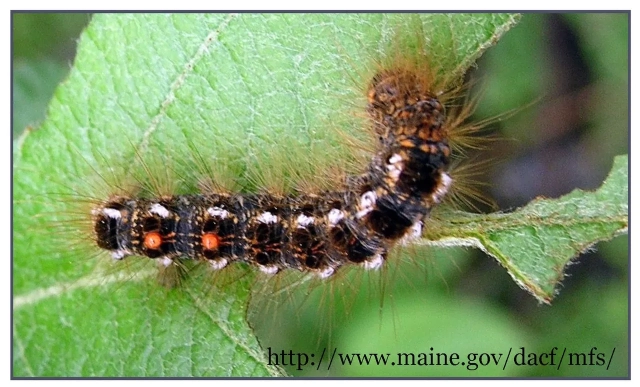 Pest management in a space such as the Arboretum is a complicated process. It is crucial for us to consider many complicated angles as we explore management options for any pest. How will our actions impact the ecosystem and community? What are our objectives in the short and long term? How can we mitigate risks? These are just some of the questions we asked ourselves when considering our options for the 2022 season.
Pest management in a space such as the Arboretum is a complicated process. It is crucial for us to consider many complicated angles as we explore management options for any pest. How will our actions impact the ecosystem and community? What are our objectives in the short and long term? How can we mitigate risks? These are just some of the questions we asked ourselves when considering our options for the 2022 season.
We answered these questions using Integrated Pest Management (IPM) principles. IPM takes the life cycles of pests into account to manage pests in an economic way with the least possible risk to people, property and the environment. An effective IPM policy will implement action thresholds, monitoring programs, prevention protocols before enacting control methods (pesticide application). For more information on IPM, please visit the EPA website.
Where brown-tail moth presents a serious public health risk, and the Arboretum receives thousands of visitors on a yearly basis, it was determined that intervention was necessary. In 2022 we will be using a combination of mechanical and chemical controls to manage BTM in high-risk areas around the property.
Mechanical Controls: Methods such as tree trimming or pruning to remove winter nests is classified under mechanical controls. This strategy is best executed during the winter months before the caterpillars have emerged. While a very effective strategy, it is time consuming and tree height often limits our efforts. We have primarily utilized this method in our apple collections. To provide some perspective, the image below highlights our Ancestral Apple Collection, an area that is approximately 0.16 acres in size. It took 7 volunteers two hours each to complete BTM removal in this area, which translates to 14 hours of volunteer time. If we were to apply this method to the entire Arboretum, which covers 224 acres, it would take nearly 19,600 hours to complete. This doesn't account for the fact that a large majority of our trees are simply too tall to practically apply this method without the use of lifts or drones, which would substantially increase time and cost for the project. 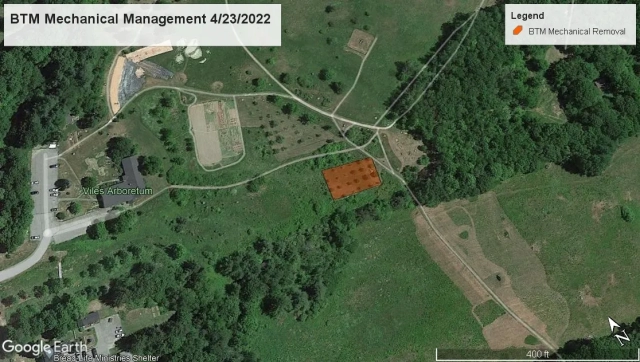
Chemical Controls: In the spring of 2022 we injected 34 trees at the Arboretum with Acephate, a high-toxicity, low-residual pesticide. By injecting the chemical directly in the xylem of the tree, it is transported to the leaves causing them to become toxic to the caterpillars upon their emergence from their winter nests. Tree injections provide a more controlled alternative to spraying, reducing the instances of chemical being spread beyond its intended target. Acephate's low-residual tendencies mean that the chemical breaks down quickly in the environment, reducing its risk to non-target species. Trees targeted by chemical applications included collections trees with heavy infestations and infested trees in high-traffic locations around the property. Most of these trees were oaks. One of these trees had an estimated 500 winter nests in its canopy. With some BTM nests containing up to 400 caterpillars, if the tree had gone untreated it may have become a host to nearly 200,000 caterpillars!
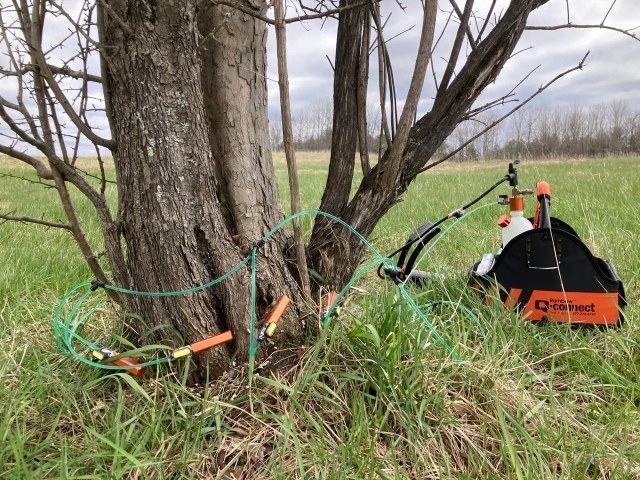
Areas of Passive Management: Despite all of our efforts, there are still several parts of the property where active management of BTM is impractical. Areas such as the line of red oaks along the rock wall near the Green Ash Collection are examples of high-risk locations that will not receive treatment this season. Where these trees are positioned closely together, it is impossible to treat individual trees without risking caterpillar migration from un-treated trees later in the season. A complete treatment of this location would be a costly endeavor. Any of our densely-wooded areas on the property, especially along the field edges, will continue to present risk for BTM as well. Ultimately, the spread of pathogens between caterpillars at high-concentrations will be the best long-term management of BTM. While it may be a few years before we observe a substantial reduction in their population, they will not be able to sustain their population at such high numbers indefinitely.
For those looking to visit the Arboretum, but are hoping to avoid encountering BTM, we have developed a risk map to help you plan your trip. Areas of high risk are highlighted in red, medium risk in yellow and low risk in green. This map does not account for residual hairs that may be found in the soil from previous years infestations, and we advise visitors to exercise caution when sitting or laying in the grass below trees.
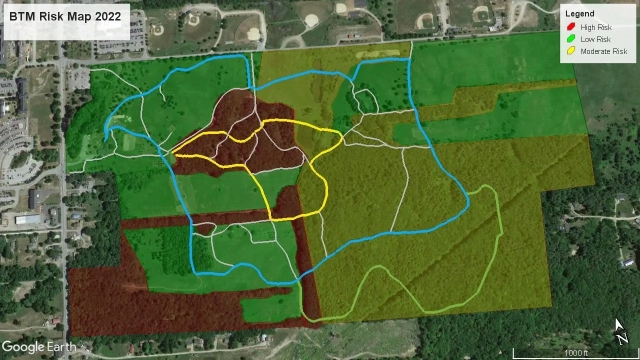
If you do encounter BTM on your hike and develop a rash, immediately remove clothing and rinse the affected area with cold water. Application of witch hazel, calamine lotion or hydrocortisone cream may help with itching. Some individuals develop adverse reactions to the poisonous hairs; if you are having difficult breathing or develop swelling of the mouth or throat, call 911 immediately.
